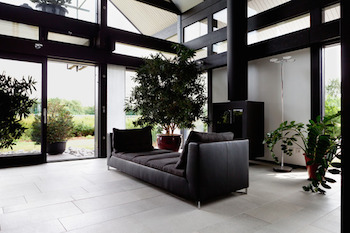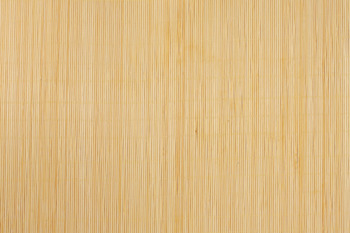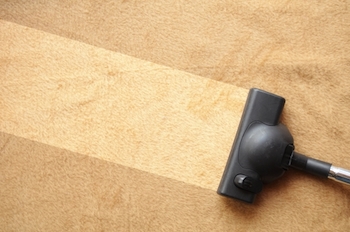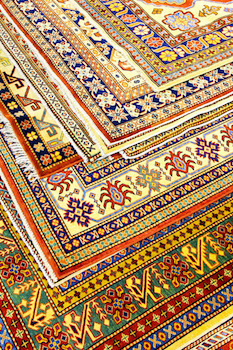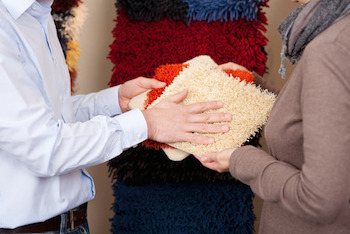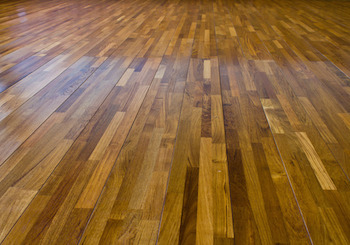Carpets and cats. In many ways, they are as different as night and day. For many people, if they have a cat, they know they will be dealing with many problems to keep their carpeting clean and fresh and looking its best.
When if comes time for a new floor, can you consider carpeting once again even if you’ve had problems in the past? Are some carpet choices better for cat owners, making the care less traumatic for the both of you?
Happily, the answer is yes. There are choices you can make at the time of installation to give you the look and feel you’ve always wanted from your carpeting.
Start With The Main Issues – Fur and Urine
First and foremost, if you are choosing new carpeting, your first thoughts should turn to avoiding the two biggest problems with cat ownership: loose fur and accidents. Your best carpet choices will have synthetic fibers that offer stain resistance. Nylon and polypropylene (Olefin) are both highly recommended because they offer stain resistance, and are also stable chemical compounds that produce low out-gassing. This means you can have what you need most – protection from stains and accidents – without putting your family’s health in harms way. Remember, the tighter the pile or loop, the more resistant it will be to those accidents that are sure to be coming your way.
Also, the pile of your carpeting will determine how much fur, dander, and in some cases fleas can get into your home and create a long term problem. Berber carpet is a tightly looped classic that is always highly recommended when it comes to pet-proofing your home, yet still gives you the warm, stylish look you desire. However, keep in mind that loops sometimes attract over-active desires for scratching, in which case a tightly woven cut pile style, such as plush or frieze, will make a better choice.
What’s Underneath Is Equally Important
Ultimately, it might not be your carpeting that’s the problem, it may be the padding or backing that causes the problem instead. As a flooring expert, we recommend an underbarrier or carpet backing to help prevent problems from the beginning. Their primary purpose is to keep liquids from reaching the floor underneath the carpeting, which can cause bigger, more long term problems that may continue long after you replace your current carpeting. Common choices for underbarriers are cork, foam, or a compressed gel with waterproof backing. Cork is a good choice, but is also the most expensive of your choices. Foam is comfortable to walk on and the least expensive to install, but it does have the highest rate of outgassing. Compressed gel is a good choice, and often is your best choice.
Alternatives
If you’ve tried carpet in the past and have problems keeping it clean because of your pet’s behavior, there are alternatives. There are many other flooring choices that are more durable and easier to clean and maintain. Tile, for instance, is a great alternative that can offer many looks and styles, depending on your décor and the look you are trying to achieve. Then soften the area with area rugs, which are easier to clean and switch out as needed.
If carpeting is still your preference, you can look at carpet tiles, which offer a wide variety of options in today’s world. You can find carpet tiles at reasonable prices, and the benefit is the individual tiles are easy to replace as you have problem areas throughout your room. Just lift and replace, and your flooring is back to its original condition.

For all of your Denver Hardwood Flooring needs visit our site today.

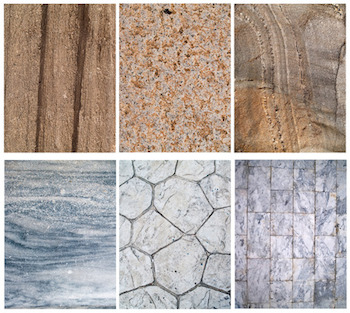 Exotic stone floors are used to up the “wow” factor of high end spaces. They are used to turn your home into a one-of-a-kind masterpiece. If you are looking to increase the value of your home, plus make it both regal and sophisticated, look no further than exotic stone.
Exotic stone floors are used to up the “wow” factor of high end spaces. They are used to turn your home into a one-of-a-kind masterpiece. If you are looking to increase the value of your home, plus make it both regal and sophisticated, look no further than exotic stone.